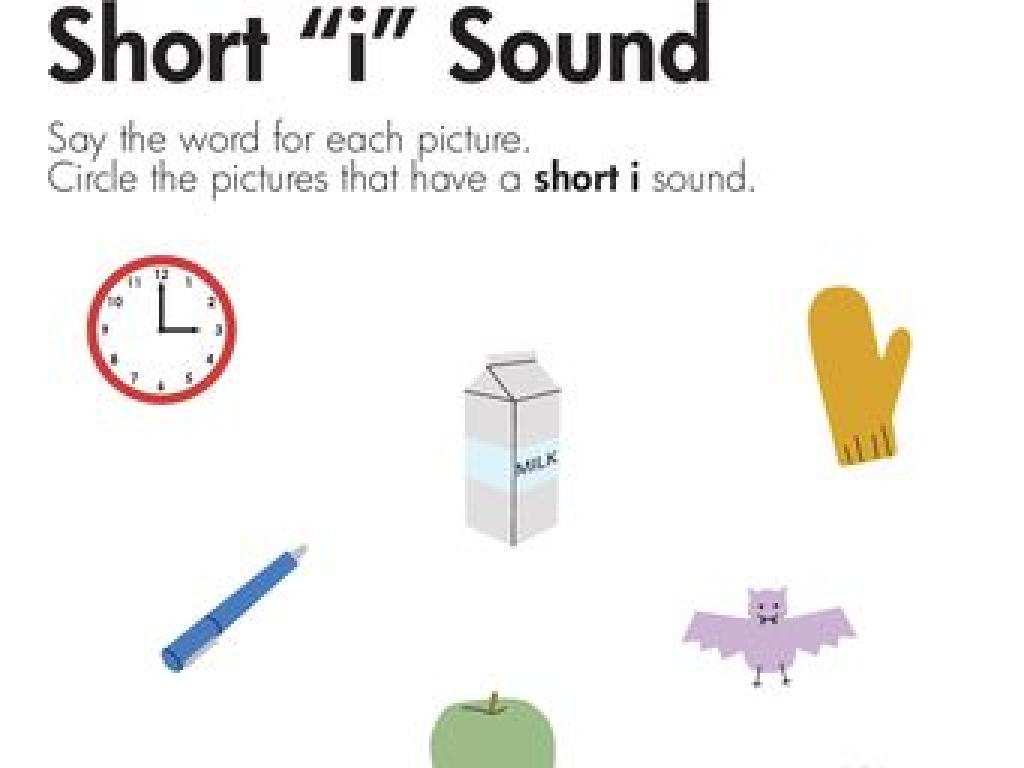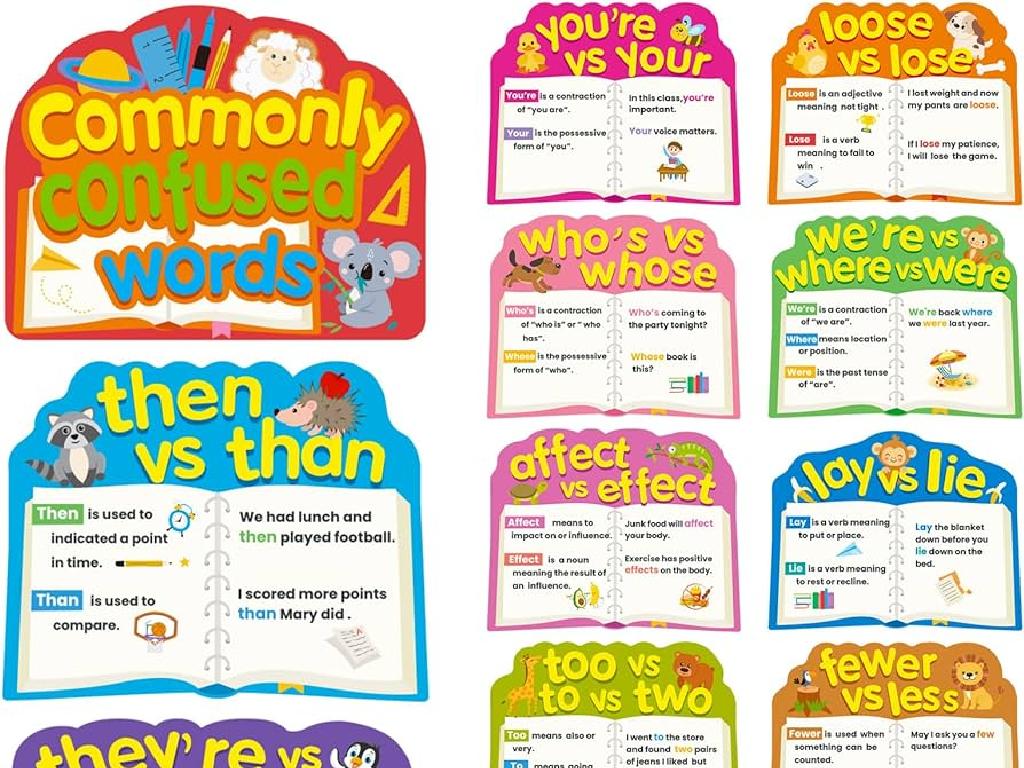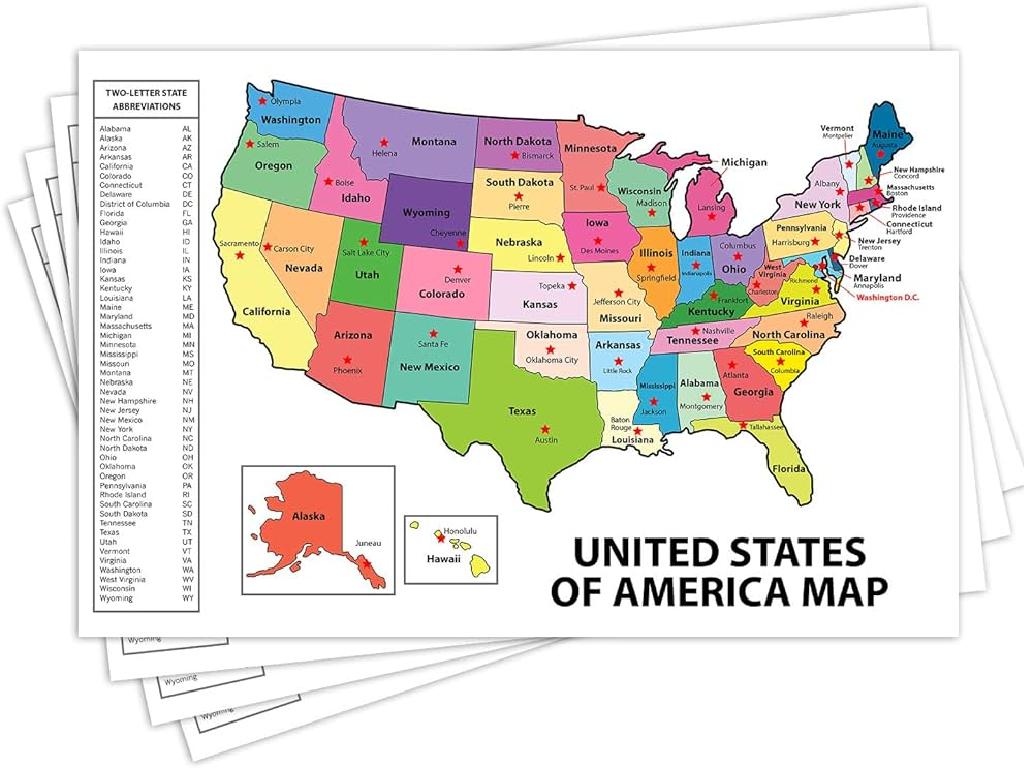Find The Vowel In The Word
Subject: Language arts
Grade: Kindergarten
Topic: Consonants And Vowels
Please LOG IN to download the presentation. Access is available to registered users only.
View More Content
Discovering Vowels and Consonants
– Today’s focus: Letters of the alphabet
– Two types of letters: consonants & vowels
– Vowels are special: A, E, I, O, U
– Vowels are like the glue in words, they stick the sounds together.
– Let’s find vowels in words together!
– We’ll practice with words like ‘cat’, ‘bed’, ‘fish’, ‘dog’, ‘sun’.
|
Begin the class with a warm welcome and an introduction to the alphabet, emphasizing the difference between consonants and vowels. Explain that vowels are the building blocks of words and are essential for word formation. Engage the class by asking them to name letters and identify if they are consonants or vowels. Use visual aids like flashcards to help them recognize vowels. For the activity, have a set of simple words that the class can work on together to find the vowels. Encourage participation and praise their efforts to build confidence.
Meet the Vowels
– Vowels are special alphabet letters
– Five vowels: A, E, I, O, U
– Remember, the vowels are A, E, I, O, U!
– Vowels have unique sounds
– Like A in ‘cat’ or E in ‘bed’
– Practice finding vowels in words
– Let’s look at some words together and find the vowels
|
This slide introduces the concept of vowels to Kindergarten students. Start by explaining that vowels are special letters in our alphabet that are used in almost every word. Highlight the five vowels and have the students repeat them after you. Explain that vowels can make different sounds, which is why they are unique. Use simple examples like ‘cat’ for A and ‘bed’ for E to illustrate the different sounds. Encourage the students to practice finding vowels by looking at words and identifying the vowels they contain. This activity will help them recognize vowels in various words and understand their importance in the English language.
Finding Vowels in Words
– Every word has a vowel
– Let’s find vowels together
– Example: ‘cat’ has ‘a’
– ‘a’ is the vowel in the word ‘cat’
– Practice with different words
– Try words like ‘dog’, ‘pen’, ‘sun’
|
This slide introduces the concept of vowels to Kindergarten students. Start by explaining that vowels are special letters in our alphabet and that every word we speak or write has at least one vowel. Use simple and familiar words to illustrate this concept. For example, show the word ‘cat’ and highlight the letter ‘a’ as the vowel. Encourage the children to practice with other words, guiding them to identify the vowels. This activity will help them understand the role of vowels in word formation and improve their reading skills. Make sure to praise their efforts and correct gently, ensuring a positive learning experience.
Fun with Vowels!
– Vowels can be anywhere in a word
– They can be at the start, middle, or end, like ‘apple’, ‘eat’, ‘red’.
– Words can have multiple vowels
– Like in ‘boat’ or ‘treat’, there are two vowels!
– Let’s find vowels together
– We’ll look at words and spot the vowels. A, E, I, O, U!
– Practice makes perfect
|
This slide introduces the concept of vowels to Kindergarten students, emphasizing that vowels are special letters that can be found at any position within a word. Use examples that are easy for the children to understand and relate to. During the class, engage the students in a fun activity where they identify vowels in words you present. Encourage them to pronounce the words and vowels out loud. You can also use visual aids like pictures or flashcards to help them associate words with objects. For example, show an image of an apple and ask them to find the vowel. This interactive approach will help reinforce their understanding and make the learning process enjoyable.
Vowel Hunt Game
– Let’s play ‘Vowel Hunt’
– Listen to the word I say
– Find the vowel in the word
– Vowels are a, e, i, o, u
– Example word: ‘dog’
– ‘dog’ has the vowel ‘o’
|
This slide introduces the ‘Vowel Hunt’ game, which is designed to help Kindergarten students recognize vowels within words. Start by explaining the game and ensuring the students are excited and ready to participate. When you say a word, prompt them to identify the vowel sounds. Use the word ‘dog’ as the first example, and clearly articulate the word to emphasize the vowel ‘o’. As students identify the vowel, praise their efforts to build confidence. Prepare a list of simple words with clear vowel sounds for the game. Encourage students to listen carefully and participate actively. This activity will enhance their phonemic awareness and understanding of vowels in a fun, interactive way.
Class Activity: Vowel Coloring Fun!
– It’s your turn to find vowels!
– Receive a word coloring sheet
– Each sheet has different words
– Color the vowels in each word
– Vowels are A, E, I, O, U
– Show us your colorful vowels!
|
This activity is designed to help Kindergarten students recognize and understand vowels within words. Distribute coloring sheets with a variety of words printed on them. Instruct the students to identify and color only the vowels (A, E, I, O, U) in each word. This will help them visually distinguish vowels from consonants. As they work, walk around the classroom to offer guidance and support. Once completed, have the students present their sheets to the class to reinforce their learning. Possible variations of the activity could include using different colors for each vowel or finding words that have the same vowel.
Review and Goodbye: Vowel Hunters
– Excellent work on vowel hunting!
– Vowels: A, E, I, O, U
– These letters are the vowels in the alphabet.
– Practice vowel spotting daily
– Look at signs, books, and menus for vowels.
– Show us your skills next time!
– We can’t wait to see what vowels you find!
|
This slide is meant to wrap up the lesson on vowels with positive reinforcement and a reminder of the key points. Emphasize the importance of vowels in the English language and encourage the children to keep practicing their vowel identification skills in everyday situations. Remind them that vowels are special letters that are found in almost every word, and recognizing them is a big step in learning to read and write. Suggest that they look for vowels in familiar places like their favorite storybooks, on signs during a car ride, or even on cereal boxes. The goal is to make learning continuous and fun, and to prepare them to share their discoveries in the next class.






